
George O. Waring IV, MD, FACS, discusses the “vision for a lifetime” approach and how modern advancements allow tailored treatments for every stage of eye maturity.

Sheryl brings a wealth of editorial experience to MJH Life Sciences’ Eye Care Network, having engaged with the readers and the greater ophthalmic community of Ophthalmology Times for more than 20 years. As Group Editorial Director, Sheryl’s purview extends across the print and digital network of Ophthalmology Times, Ophthalmology Times Europe, Modern Retina and Optometry Times. Prior to ophthalmology, Sheryl previously covered the fields of audiology and confectionery science/technology/manufacturing.
Sheryl is also passionate about the mission, vision and values of Ophthalmic World Leaders (OWL) and recently completed her term on its Board of Directors. She continues to volunteer as Editor-in-Chief of the organization’s EMPOWER Magazine. In 2013, she was honored with the group’s inaugural Rising Star Award.
In addition, she has served as a judge for Crain's Cleveland Business Health Care Heroes Awards program as well as the Jesse H. Neal National Business Journalism Awards.

George O. Waring IV, MD, FACS, discusses the “vision for a lifetime” approach and how modern advancements allow tailored treatments for every stage of eye maturity.
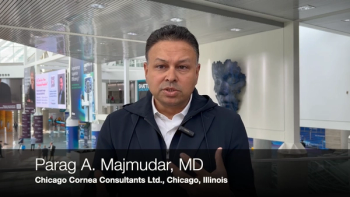
Majmudar encourages young surgeons to seek hands-on experience early and often, stressing the importance of real-world practice beyond the classroom.
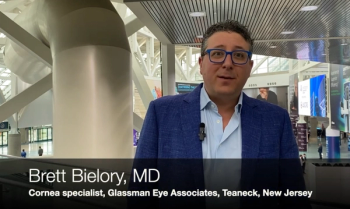
Brett Bielory, MD, discusses his poster at the ASCRS annual meeting, which focuses on an under-diagnosed corneal pathology: neurotrophic keratitis.
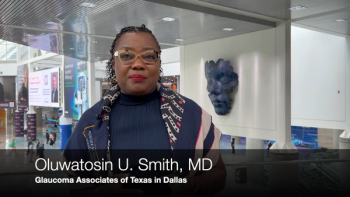
Explore innovative glaucoma treatments and technologies, including AI, home monitoring, and new surgical options, to enhance patient care.
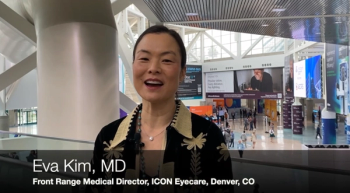
For patients with high myopia, an implantable ICL offers certain advantages over LASIK or other traditional refractive surgeries, Dr. Kim said.

From revised patient flow to smarter tech adoption, ophthalmologists share which changes from 2020 have become cornerstones of modern care—and how they’re preparing for the next big disruption

Ophthalmologists reflect on the transformative impact of COVID-19, highlighting adaptations in patient care, safety protocols, and the rise of telemedicine.
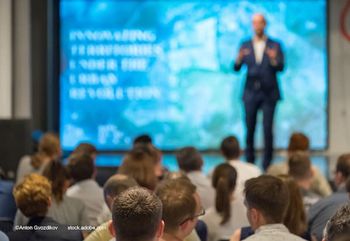
Five years after the COVID-19 pandemic shutdown reshaped how the world gathers, here's how some of ophthalmology’s leading associations are still applying lessons forged in crisis

Neda Shamie, MD, previews the May 4 conference, where a faculty of ophthalmologists and optometrists will explore the latest advancements and controversies.
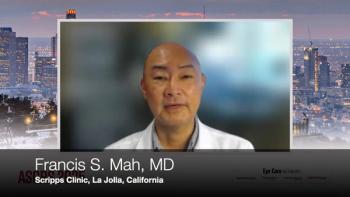
Mah previews a packed 2025 Annual Meeting, from the debut of SightLine to Dr. Glaucomflecken’s return to the main stage, and outlines his priorities for the year ahead as incoming ASCRS president.
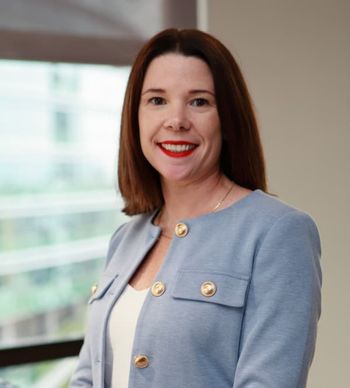
Katrina Ronne shares her vision to empower ophthalmologists, champion equity, and strengthen advocacy for better eye health outcomes across Australia.
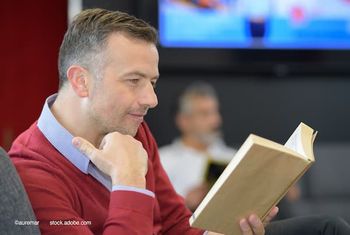
The novel corrective eye drop can be prescribed through pharmacy partners BlinkRx or Medvantx
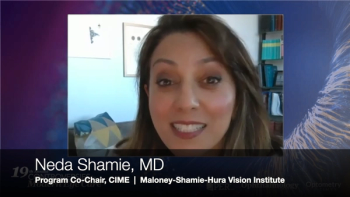
The May 4 event, themed around Star Wars, will feature the latest innovations, foster open discussions, and provide a collaborative environment for networking and learning, with sessions covering IOLs, oculoplastics, glaucoma, retina therapy, and refractive surgical options.
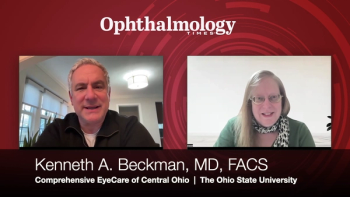
Epi-on corneal crosslinking is advancing through innovations like supplemental oxygen, chemical oxygenation, and laser-assisted techniques.
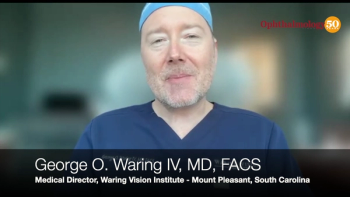
Vision correction has evolved into a continuum of procedures suited for different stages of ocular maturity
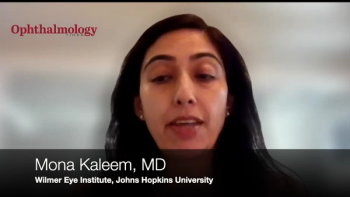
A combination of canaloplasty and goniotomy provides sustained IOP reduction and decreases medication burden with a strong safety profile, making it a valuable option for glaucoma management.
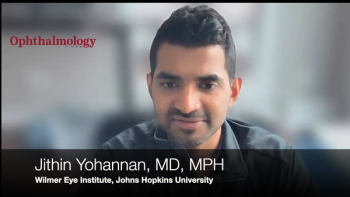
An AI model for target IOP prediction performs as well as glaucoma specialists, offering a promising tool to enhance glaucoma management, especially for nonspecialists.
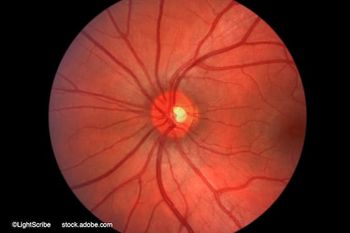
The retinal implant delivers continuous neurotrophic support, potentially halting disease progression and paving the way for future treatments in neurodegenerative retinal disorders.

Insights shed light on what the approval means for providers and their patients affected by this neurodegenerative retinal disease
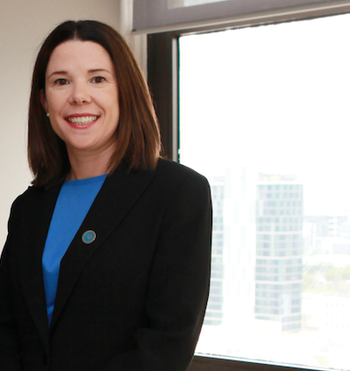
Ronne steps into leadership role as the ASO marks a historic milestone on International Women’s Day
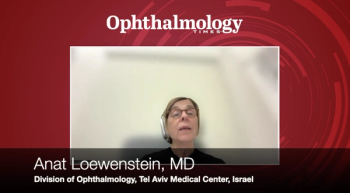
ENCELTO is the first and only FDA-approved treatment for MacTel.

To tackle systemic barriers to eye care, the organization is co-hosting an event titled “No Woman Left Behind – Advancing Eye Health Equity for Women and Girls” on Tuesday, March 11, 2025, at the 69th Commission on the Status of Women in New York.
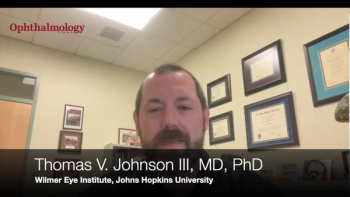
Clinician-scientists play a vital role in advancing ophthalmology by balancing patient care with research, leveraging clinical insights to drive impactful discoveries, and collaborating across disciplines to stay at the forefront of innovation.
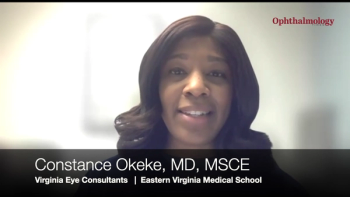
The research analyzed the 1-year outcomes of 132 eyes, evaluating mean IOP, baseline changes, medication reduction, and stratifying the results by race (African American vs Caucasian) and glaucoma severity (mild, moderate, severe).
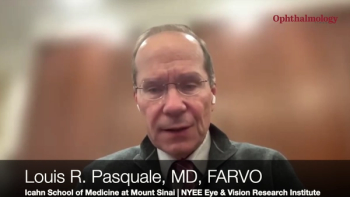
Emerging technologies, such as remote tonometry and genetic risk scoring, are revolutionizing glaucoma care by enabling earlier detection, personalized management, and more efficient use of resources.
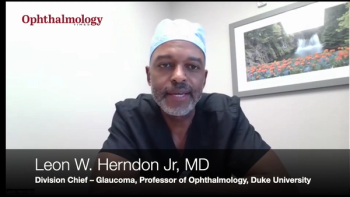
The procedure offers a renewed approach to suprachoroidal drainage, with potential for both combined and standalone glaucoma surgery.
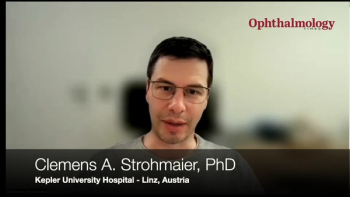
The Elios procedure increased aqueous humor outflow in all investigated eyes, but further studies are needed to correlate these improvements with its clinical efficacy.
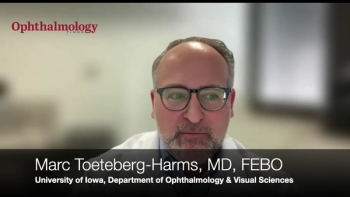
A systematic review and meta-analysis highlights the safety and efficacy of excimer laser trabeculostomy as an implant-free MIGS procedure for managing open-angle glaucoma and ocular hypertension, either alone or in combination with cataract surgery.

Incoming directors bring diverse expertise to help the ASO protect ophthalmic care and advocate for patients.
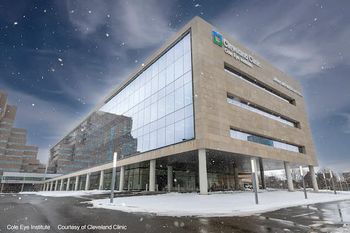
The state-of-the-art facility more than doubles the institute’s footprint, enhancing patient care, research, and education.